Typeless, located on Hormuz Island in the Persian Gulf, South of Iran, is a unique educational facility designed by ZAV Architects. Spanning two stories, this platform for educational initiatives is designed to be spatially adaptable to future alterations, emphasizing sustainability and resourcefulness in its construction.
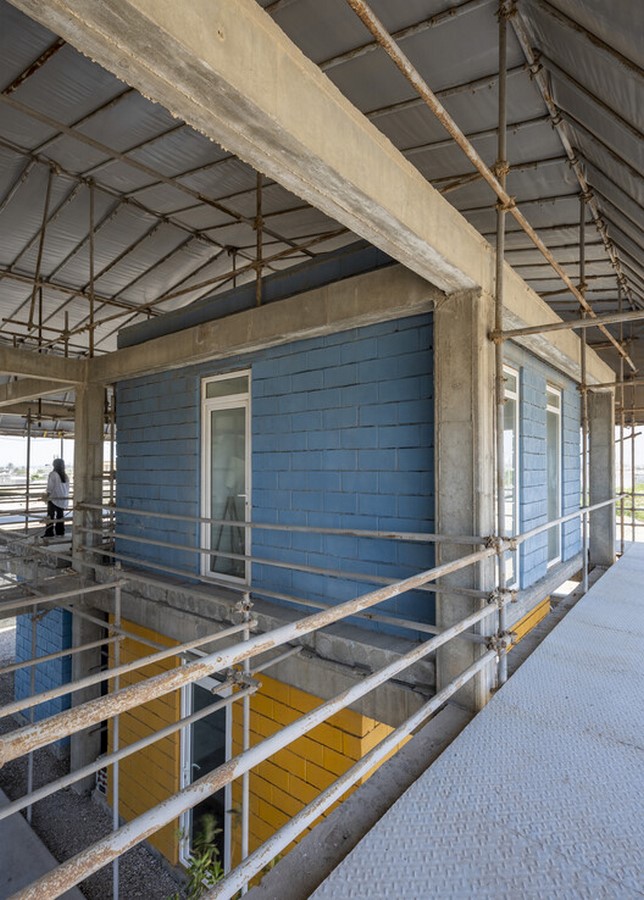
Embracing Traditional Methods
The concept behind Typeless draws inspiration from Iran’s rich history of utilizing locally available materials to create valuable products, such as carpets. Traditionally, Iranians repurposed raw materials like wool and plant residues to craft intricate carpets, showcasing the ingenuity of sustainable practices. However, with the discovery of oil, there was a shift towards consumerism and resource-intensive construction, leading to environmental degradation.
Reintroducing Sustainable Practices
Typeless serves as a prototype for reintroducing sustainable circular economies in Iran’s oil-dependent economy. By utilizing locally available resources, such as cement blocks and scaffoldings, the architects aim to create a structure that adapts to future needs without the need for major demolitions. This approach emphasizes recycling and zero-waste value creation, promoting a more environmentally conscious approach to construction.
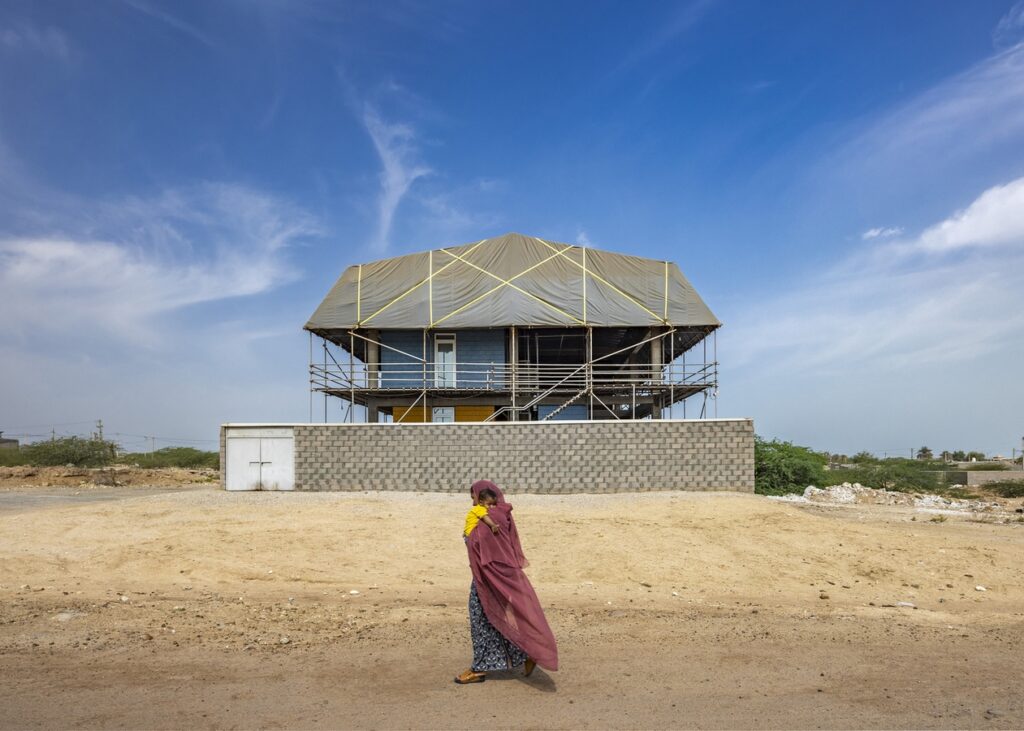
Adaptable Design Features
The building’s design incorporates low-tech materials and techniques, allowing for easy modifications to spaces as needed. The concrete structure supports a unified slab, providing flexibility in the arrangement of spatial units. Additionally, a scaffolding structure creates adjustable circulation throughout the building, while a canopy roof protects spaces from precipitation and reduces the need for insulation.
Environmental Considerations
Typeless prioritizes environmental sustainability, with features designed to enhance natural ventilation and reduce energy consumption. Empty corridors between closed spaces facilitate airflow, while the canopy roof helps regulate temperatures, especially in Hormuz Island’s harsh climate. These considerations contribute to a comfortable and energy-efficient learning environment.
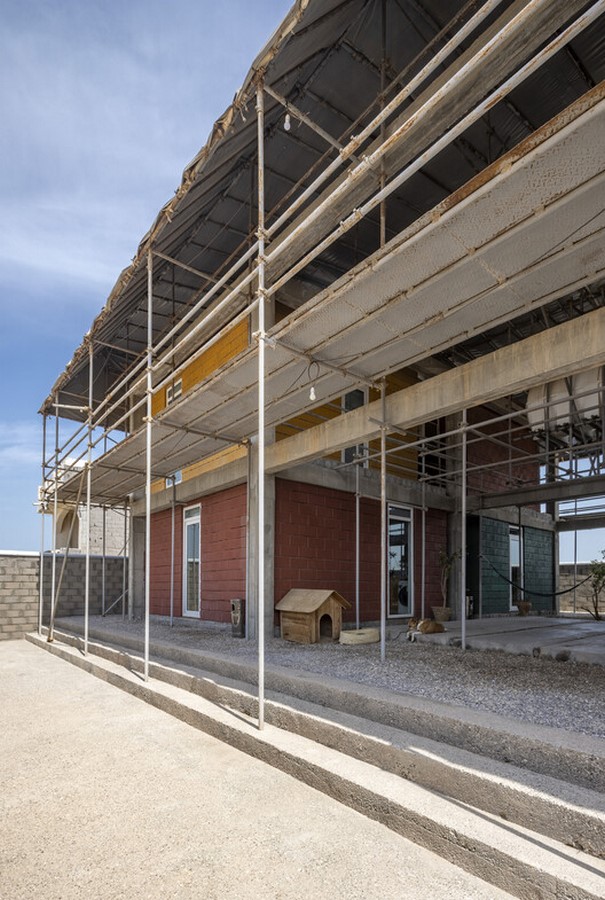
Embracing Change
One of the unique aspects of Typeless is its embrace of unsolicited appearance, allowing for future changes and adaptations. By incorporating elements that evolve over time, the architecture becomes an integral part of its users’ experience, delighting them with its functionality and aesthetic appeal.
Conclusion
Typeless represents a shift towards more sustainable and adaptable educational facilities, emphasizing the importance of resourcefulness and environmental consciousness in architecture. By blending traditional practices with modern design principles, Typeless sets a precedent for future construction projects in Iran and beyond.


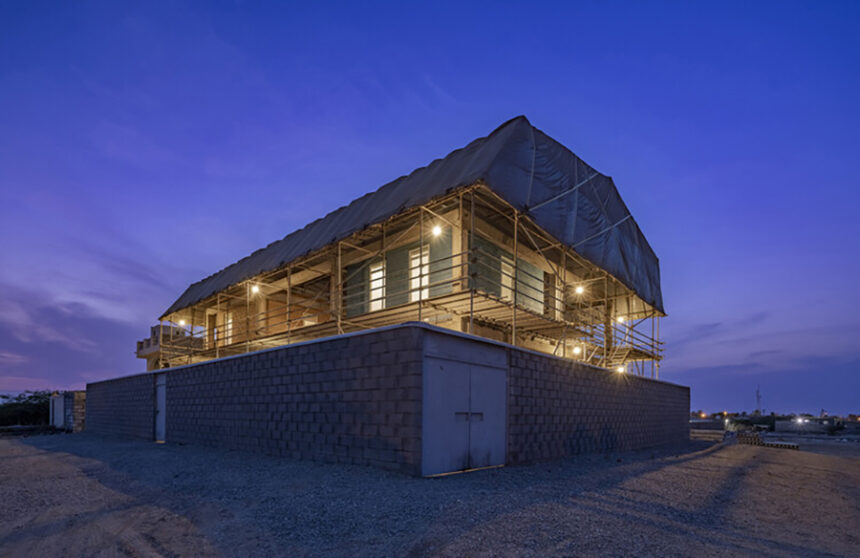
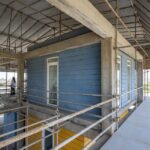
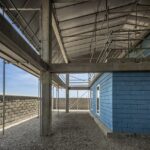
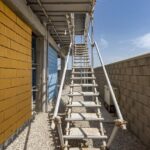
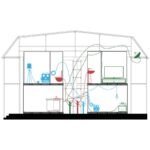
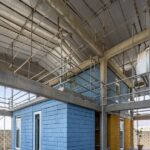
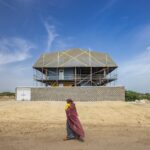
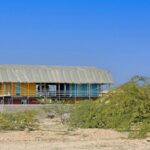
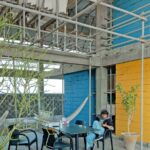
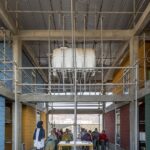
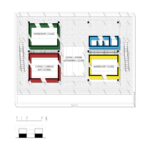
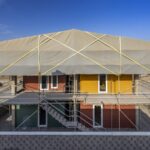
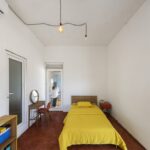
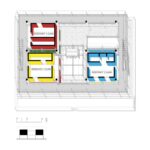
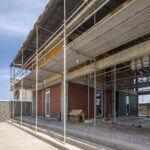
Leave a Reply